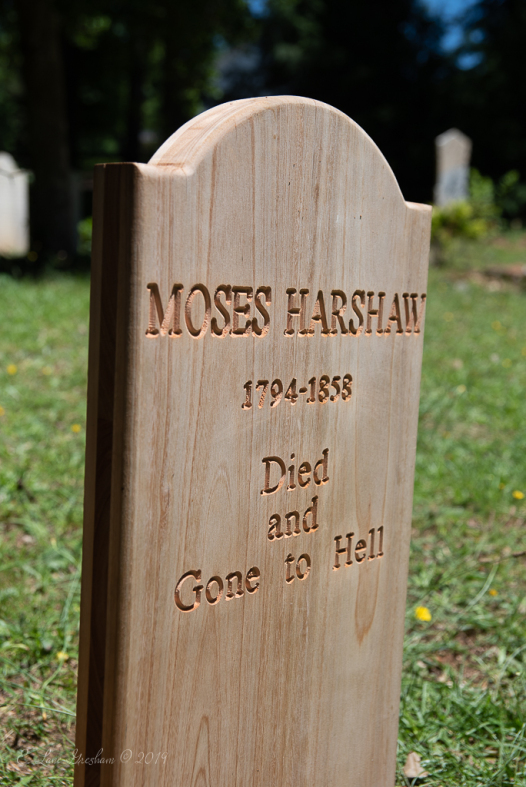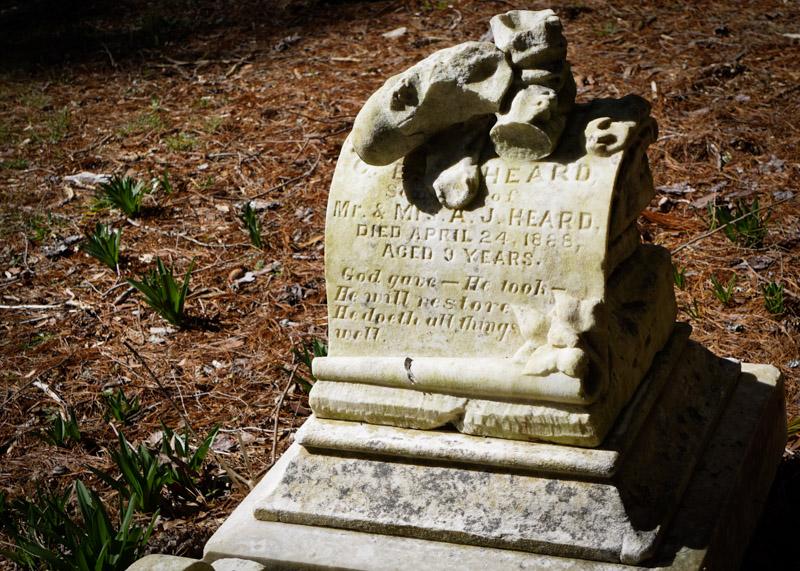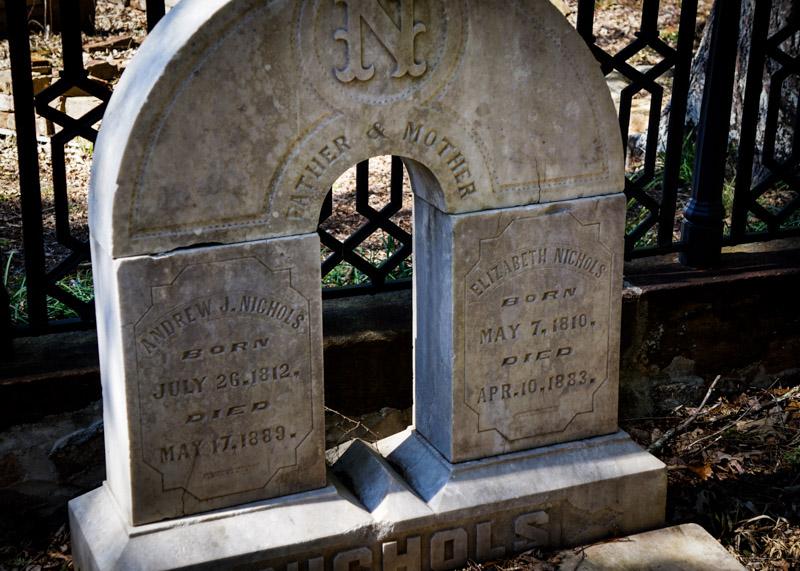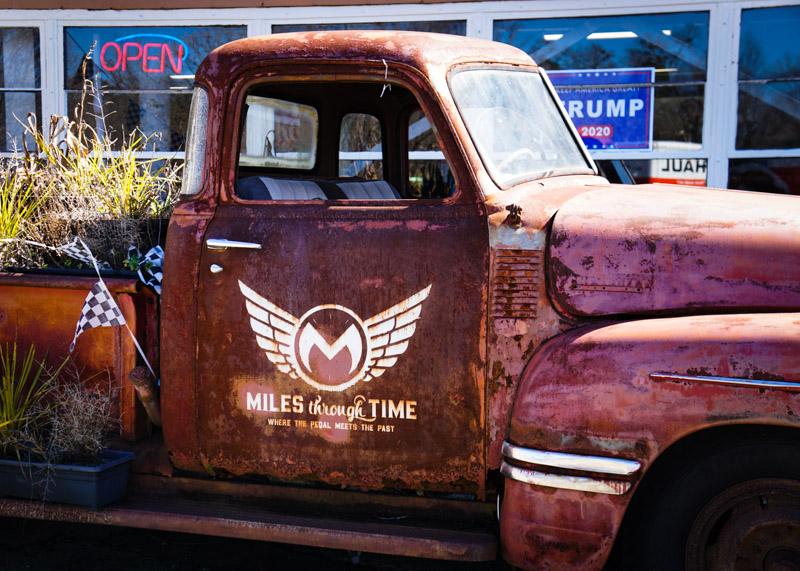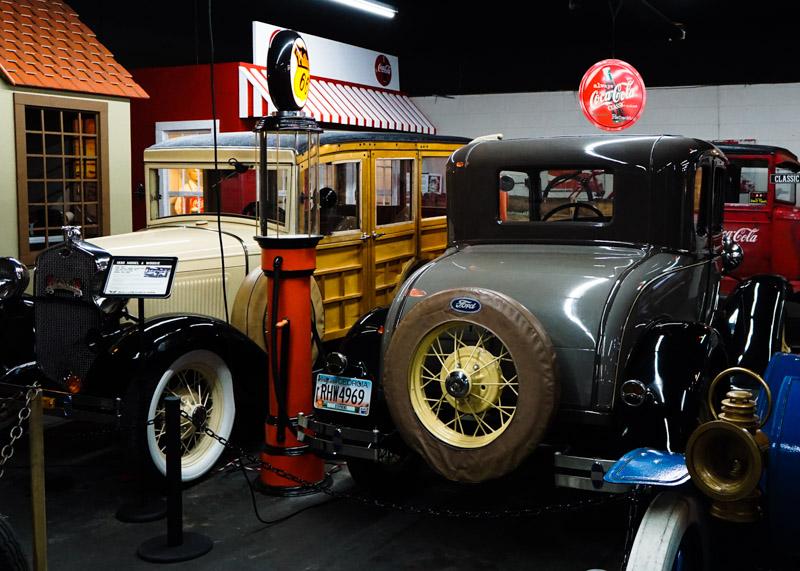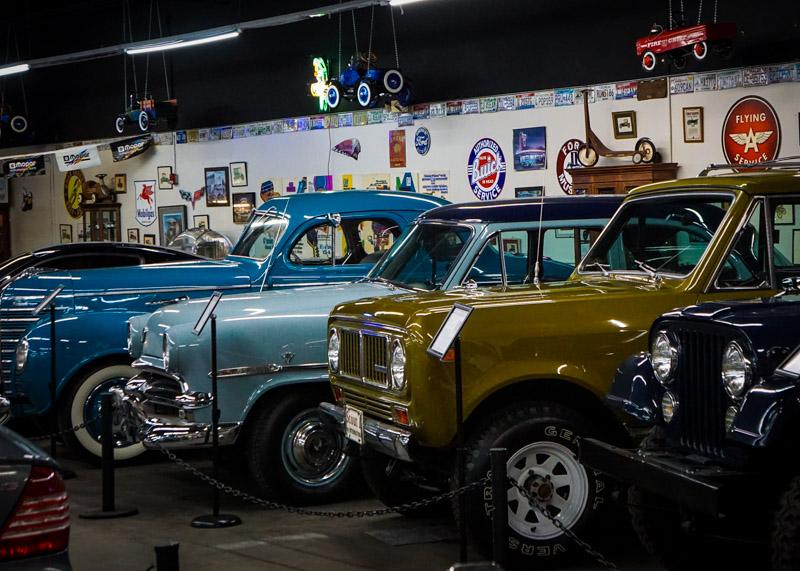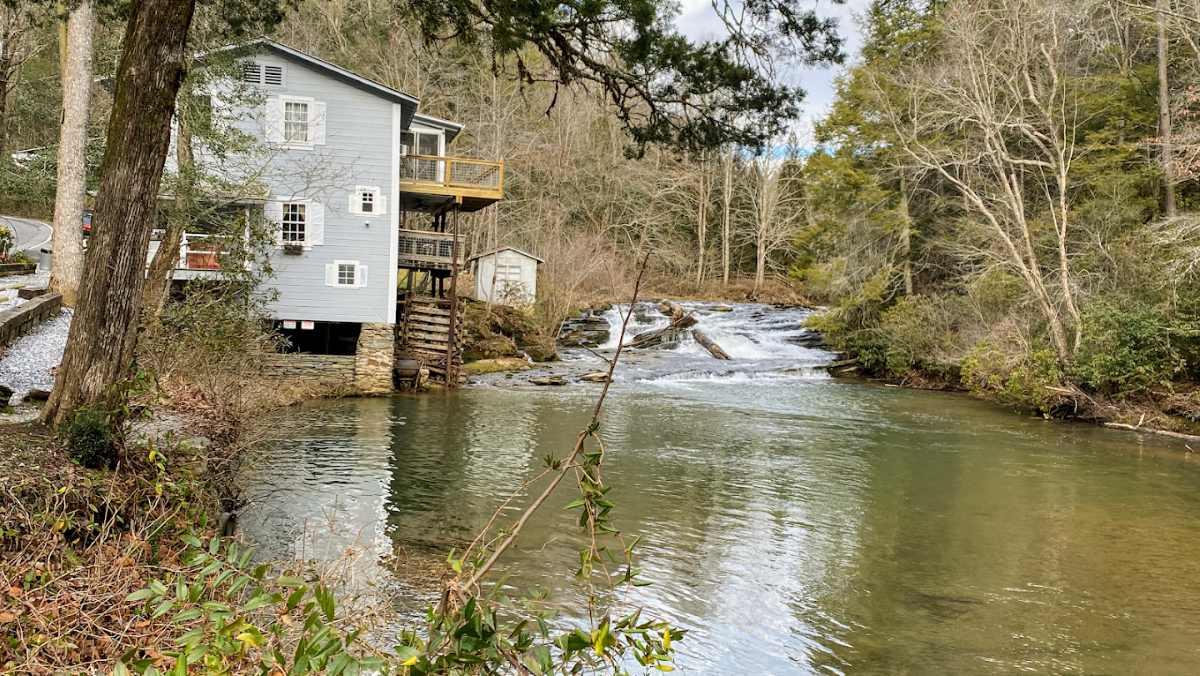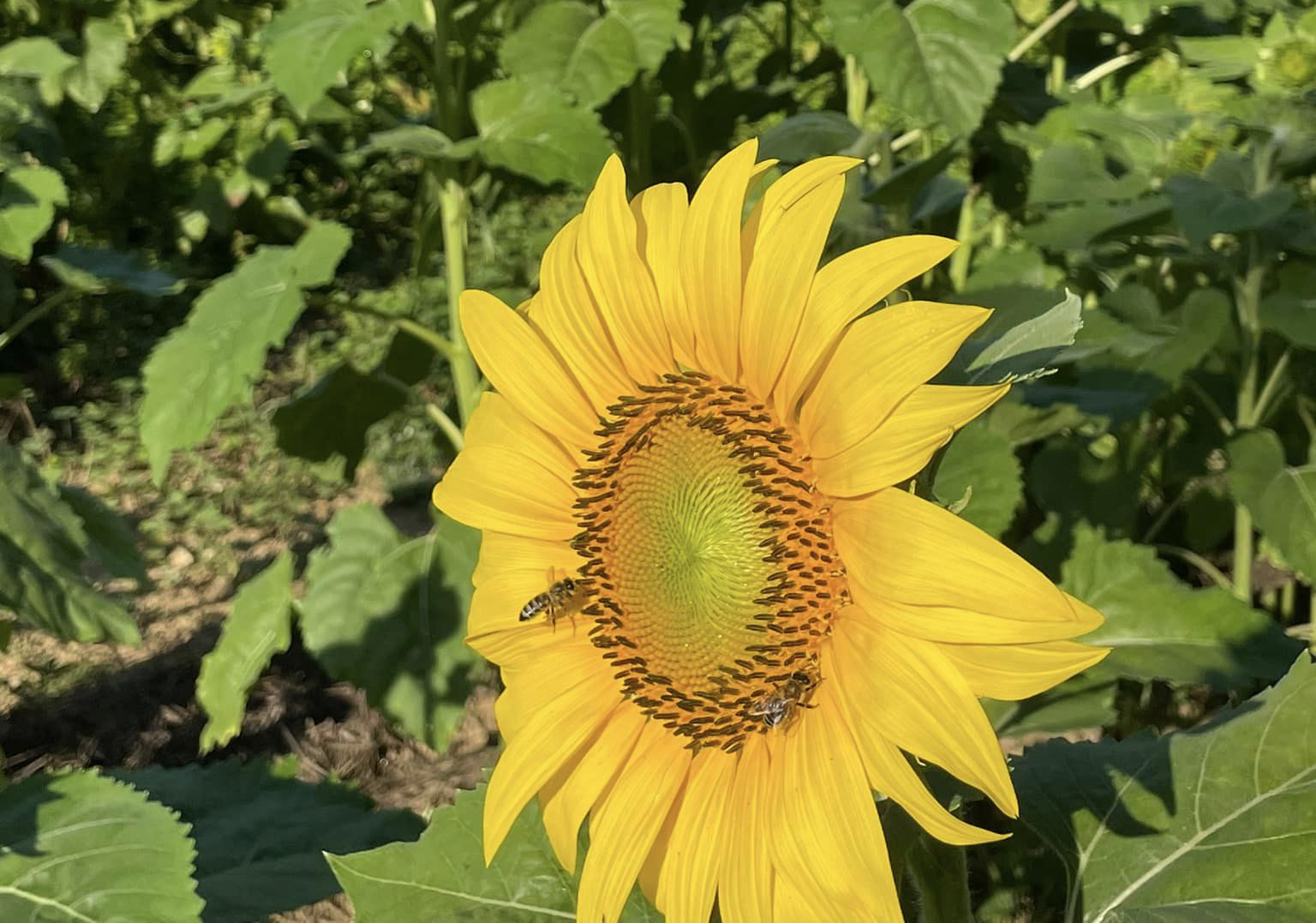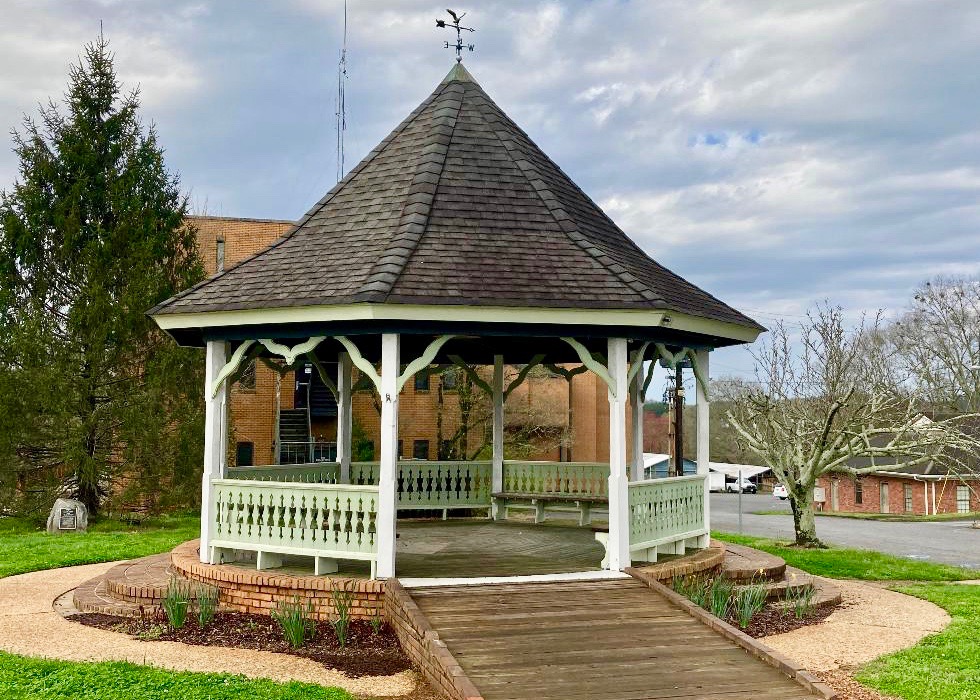
Clarkesville is a rare gem. It’s a little off Hwy 365/441, so a lot of people miss it. But the town and the surrounding area is worth a visit. In fact, visit once, and you may decide to stay forever.
A brief history of Clarkesville and Habersham
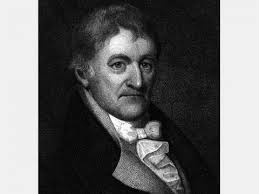
Habersham County was created on December 19, 1818, and named for Joseph Habersham of Savannah. Joseph had an interesting life. He helped organize the Sons of Liberty in Georgia before the beginning of the Revolutionary War. He also was part of the group that arrested Sir James Wright, Georgia’s Royal Governor, in July 1776. Jospeh was a colonel and war hero during the war, as well as one of the delegates who ratified the United States Constitution for Georgia. And, he was appointed by President George Washington as the first Postmaster General of the United States. Interestingly, Joseph had a summer home near Old US 441 (now Hollywood Highway) just north of New Liberty Road.
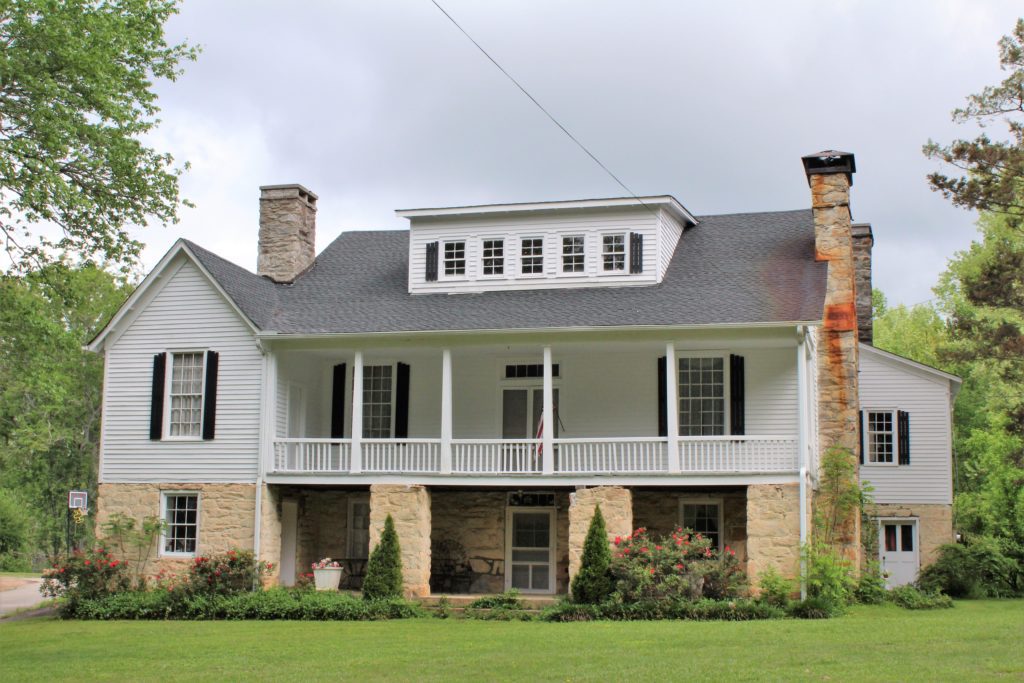
According to the Habersham County Historical Society‘s history Habersham 200: New Thoughts of Old Things, published in 2018, three type of people moved into Habersham County during the first half of the 1800s: people looking to start over with a frontier homestead; people looking to make a quick fortune through gold and real estate; and wealthy Georgians escaping the summer heat and disease found in coastal areas. Although no plantations were built in the county, these summer residents built grand summer homes. Clarkesville was the only incorporated town at the time in the county. Outside of Clarkesville, summer homes cropped up in small communities throughout the county, usually anchored around a church.
One such family estate was built by Abraham and Abigail Minis, Ashkenazi Jews of German descent. They emigrated from London in 1733 as a part of a group of forty-two Jews. When they left England, they had no way of knowing if General James Oglethorpe would allow them into the colony of Georgia. They were welcomed into Georgia and even given land grants. The Minis family thrived in Savannah for 282 years, and was one of the leading families to build a summer home in Clarkesville. Their home had 16 rooms and was located on the hill behind the First United Methodist Church. The estate also had multiple greenhouses for grapes and roses, and flower and vegetable gardens. According to the diary of Judge Ulysses V. Whipple Sr. of Cordele, who spent four months in Clarkesville in 1903, his family walked to the Minis estate almost daily to buy vegetables. The Minis place burned down in 1943, but the stone columns at the gate entrance can still be seen.
Several large hotels were built as early as 1833, preparing the way for tourism. The Georgia Diocese of the Episcopal Church held a convention at Grace Church in 1840. Just by attending the convention, the delegates were introduced to the area. Many brought families to Clarkesville to spend the summer. Clarkesville was growing during this time and the population reached 500.
Although the impact of the Civil War hurt the town’s population numbers, which dropped by 40% after the war, tourism took off again when the railroads began coming through the area. By 1900, Clarkesville population had almost completely recovered to numbers before the Civil War. By 1910, that population had doubled to over 1100.
Where to see Clarkesville’s historic past come alive
Historic homes
There are many homes of historical significance in Clarkesville. Two stand out for me.

One of the most easily recognizable historic homes is the stately Asbury House located on Washington Street (also known as Hwy 197), just south of downtown Clarkesville. The house was built in 1907 as a residence by William Rufus Asbury, a successful businessman in Clarkesville. Known then as Oak Heights, the home was the social center of Clarkesville.
Later the building served as the Habersham County Hospital. The hospital was started as a maternity hospital by Dr. and Mrs. Bruce Swain, a medical team who dreamed of lowering the death rate of newborns who were birthed at home. At one time, the entire upstairs of the house was full of expectant mothers. According to A North Georgia Journal of History, over 2,000 babies were born there. Local residents Bruce and Brenda Nicholson were both part of those 2,000 newborns.
Asbury House has also been a B&B, a restaurant, and is now a private residence once more.
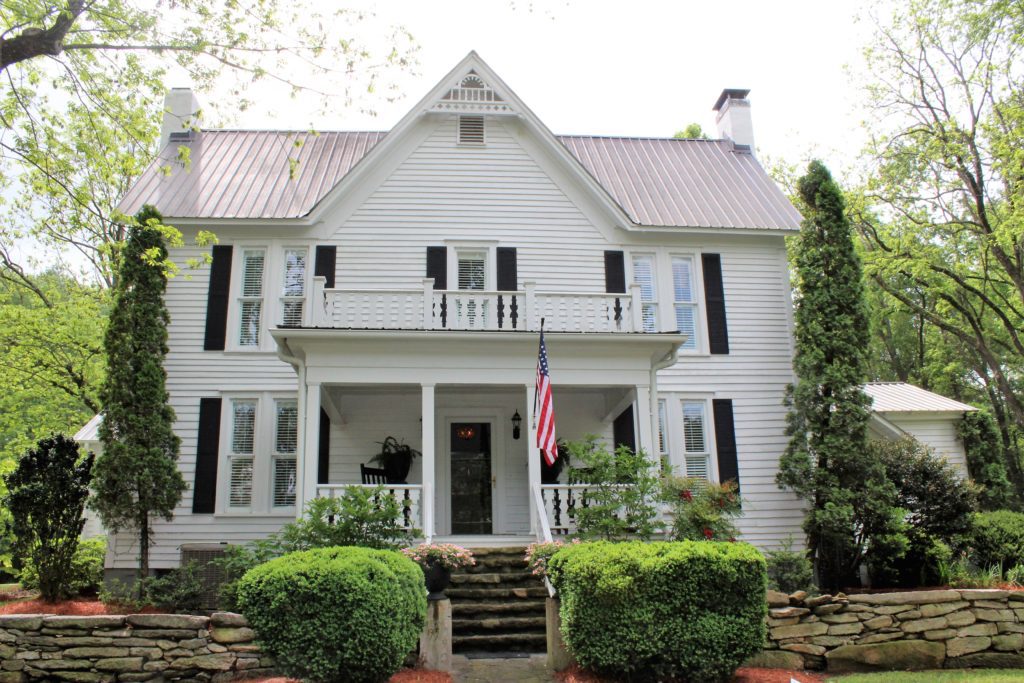
Gloaming House was built in 1840 by Jarvis Van Buren, President Martin Van Buren’s first cousin. Jarvis made his home at Gloaming House, but he also designed and built many other homes in Clarkesville. Gloaming House is located at 142 Amilee Graves Circle near the Old Clarkesville Cemetery.
The Old Clarkesville Cemetery
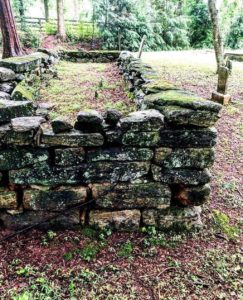
The Old Clarkesville Cemetery, which is about 200 years old, is located at the corner of East Morgan and Jefferson Streets. The cemetery had fallen into major disrepair, but is now managed by Historic Clarkesville Cemetery Preservation, Inc., which is working to restore, enhance, and preserve it. According to HCCP, the headstones and tablets in the cemetery were placed there by wealthy families in Clarkesville. Families who didn’t have the money for headstones used wooden sticks to identify the graves. Those have long since disappeared so many graves are no longer marked. The Carter family, however, used stones from their farm innovatively to build an enclosure around their family graves.
According to HCCP, Habersham’s weather impacted when burials could take place. In the winter, no burials could be done because of the frozen ground. The spring blooming of the Sarvis-berry, a native plant in the area, announced that the time for burials of those who had died in the winter months had come: “People would gather at the churches to mourn all those who died.” One of the Sarvis-berry plants survives on the edge of the Old Cemetery.
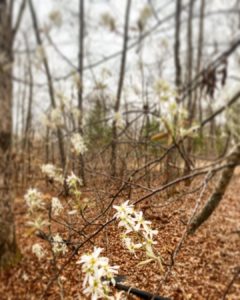
Notables in the cemetery include Javis Van Buren and his wife; Frederic Eugene Durbec who took some of the first photographs of the Civil War; and Calvin Hanks who was murdered in 1834. Calvin’s grave is possibly the oldest in the cemetery. The story of his murder and its investigation can be read here.
Another interesting grave is that of Moses Harshaw. Moses’ grave is marked with a wooden headstone that says, “Died and gone to hell.” Apparently, Moses, who built The Stovall House in the Sautee-Nacoochee valley, was known as “the meanest man in the county to his slaves.” Stories about Moses tell of how his wife Nancy and daughter were also mistreated. One of those stories is about the death of his daughter or possibly a young female slave which happened while he was out of town. At the time, Nancy bought a new dress for the daughter (or young slave) to be buried in. When Moses returned and found out what his wife had done, he had the body exhumed so the dress could be removed and returned to the store.
Historic churches
I’ve always been fascinated by old churches and we’ve visited many over the years. Old churches can provide such an amazing picture of the faith journey of a community that transcends time. Today, Clarkesville and Habersham County are blessed with active, strong churches. The churches here show up in the community. They support missions. They actively serve their communities. They make a difference. Two churches up here have their original buildings still standing.
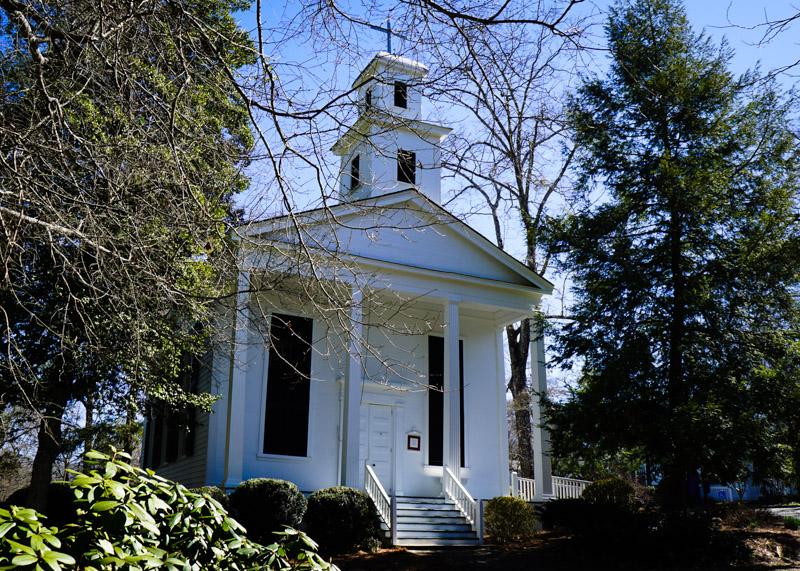
The first is Grace-Calvary Episcopal Church, a church whose building was paid for by those who spent summers in Clarkesville. The church was founded with one goal in mind. The Episcopals in Georgia wanted their own bishop and needed additional churches to have one of their own. At the time, there were only five Episcopal churches in Georgia and these churches fell under the bishop of South Carolina.
Grace-Calvary, designed and built by Jarvis Van Buren, was consecrated in 1842. Inside the church are the original box pews. And, its pipe organ is the oldest working pipe organ in Georgia. According to OldGeorgiaHomes.com, the pipe organ was purchased by a ladies group in the church for $500. It took a week for the organ to travel from Savannah to Clarkesville and arrived in parts. When the organ was put together, it was too tall for the building. The church called upon Jarvis Van Buren to lower the floor to accommodate it.
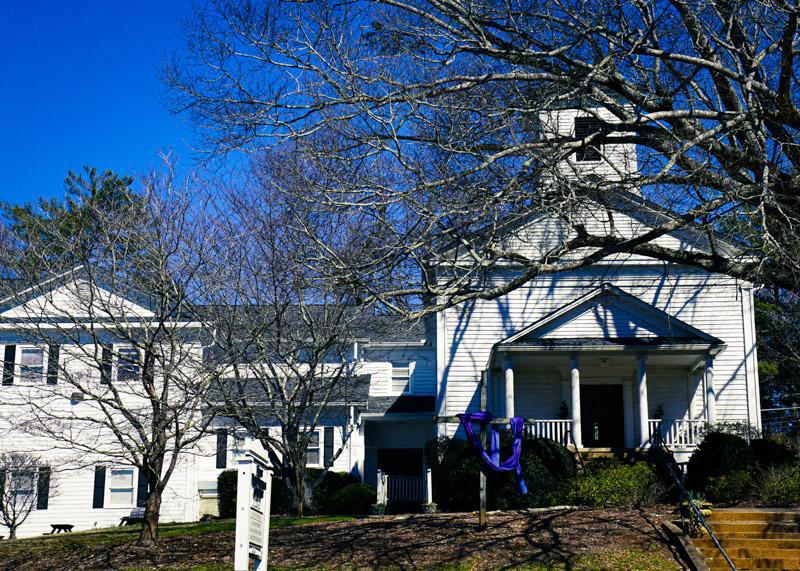
The original sanctuary of the First Presbyterian Church is also beautifully preserved. It, too, was built by Jarvis Van Buren. The church was built in 1848, but was turned around to face Washington Street in 1907. The church began with seven founding members.
Other things to do
Clarkesville has several antique stores. Two of them are located around the downtown square. The downtown area has other interesting and unique shops, service providers, and several local restaurants and coffee shops within easy walking. Downtown Clarkesville is a busy and vibrant area.
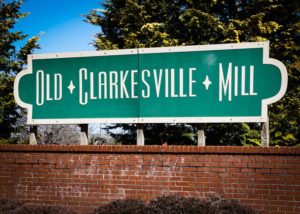
The largest antique store is inside the Old Clarkesville Mill, an old textile mill that covers six and a half acres and is located less than a mile from downtown. Today, the antique mall and flea market is one of the largest in the state. An art shop, a furniture store, a bowling alley, car museum and places to eat are also housed there. It’s easy to spend an hour or a day there. The Old Clarkesville Mill is located at 583 Grant Street in Clarkesville.
Also located inside the Old Clarkesville Mill is the Miles through Time Automotive Museum. The museum features over 100 years of automobiles along with historic car memorabilia. It’s a must-see for any car fan. The museum is a non-profit living co-op, meaning that antique car owners lend their cars for display. It also means that the inventory changes often, allowing visitors to see something new each time they visit. There is a small charge for the museum and there are memberships available. Tickets can be purchased inside the Antique mall.
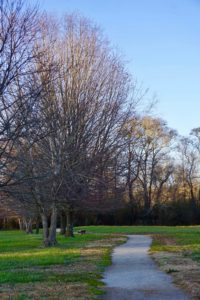
Next to the Old Clarkesville Mill is the Clarkesville Greenway, a walking trail created to restore the watershed area next to the Soque River. The area is open to walkers, bicyclists, and bird watchers.
Just outside Clarkesville headed north on Hwy 197 is world-renown trout fishing on the Soque River. Fishing access for individuals can be found north of the dip in the highway at the next bridge. Or, contact one of the local fishing places listed here.
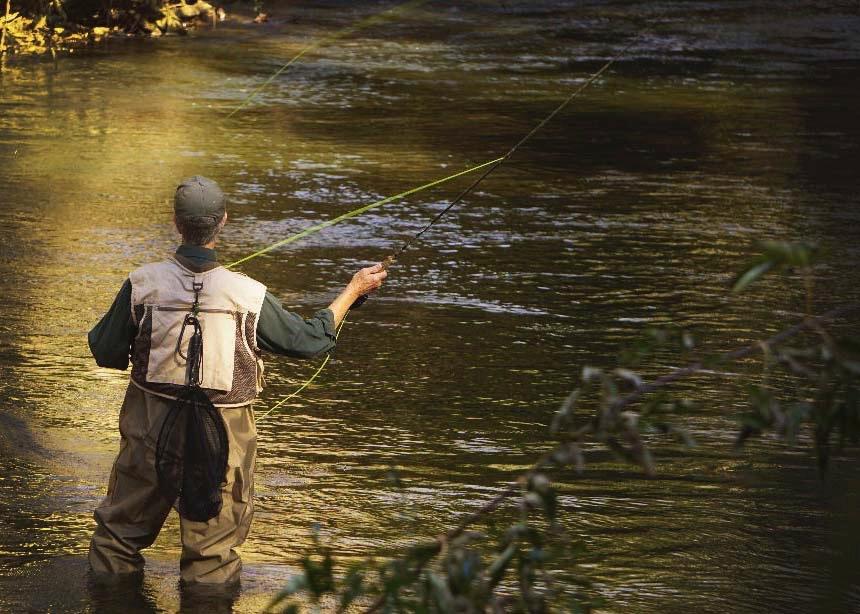
Or, take in the local arts and crafts. Start in town and visit Soque ArtWorks on the town square. Then, drive north on Hwy 197, stop at the Mark of the Potter and be dazzled by the hand-crafted pottery and the huge trout on display swimming in the river. Keep going on Why 197N to visit Hickory Flat Pottery and No One Alike, both just north of Batesville.
Hwy 197 has been voted one of the most beautiful and scenic drives in Georgia. If you continue north on 197 through Batesville, you’ll pass by beautiful Lake Burton. Across from Moccasin Creek State Park is a dirt road that takes you up to hike to Hemlock Falls.
The hills of Habersham
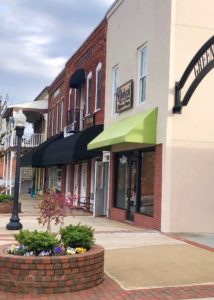
Habersham is possibly best known for Sidney Lanier’s poem The Song of the Chattahoochee. The first line begins, “Out of the hills of Habersham . . .” Lanier wrote, “And the little reeds sighed ‘Abide, abide, Here in the hills of Habersham.” The beauty of the hills and mountains, the rivers and waterfalls, the flora and fauna draw people to this place. And, once here, many choose to remain and abide.
Today, there are still three types of people in Clarkesville. There are those who grew up here, went away for awhile, and have returned because they realized what they lost when they moved away. There are those who have been transplanted here, like us, and now know this is where they belong. And, there are those who’ve always been here and have had no desire to leave. The people of Clarkesville come together out of a love for this area and this community, and with the common understanding that where we live in is a privilege.
This article has been updated on August 26, 2022, with additional information on Moses Harshaw.

